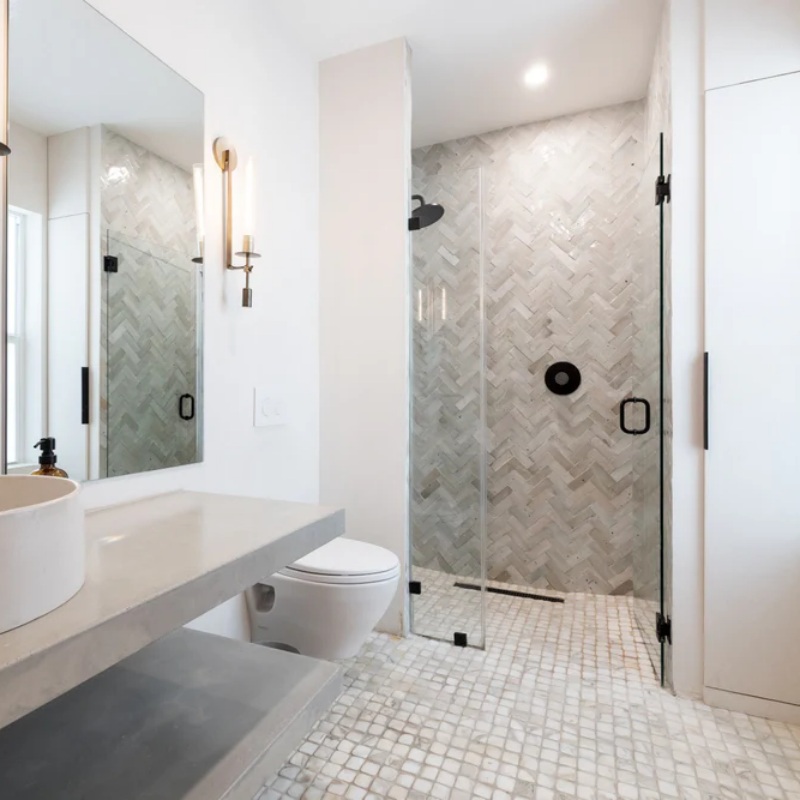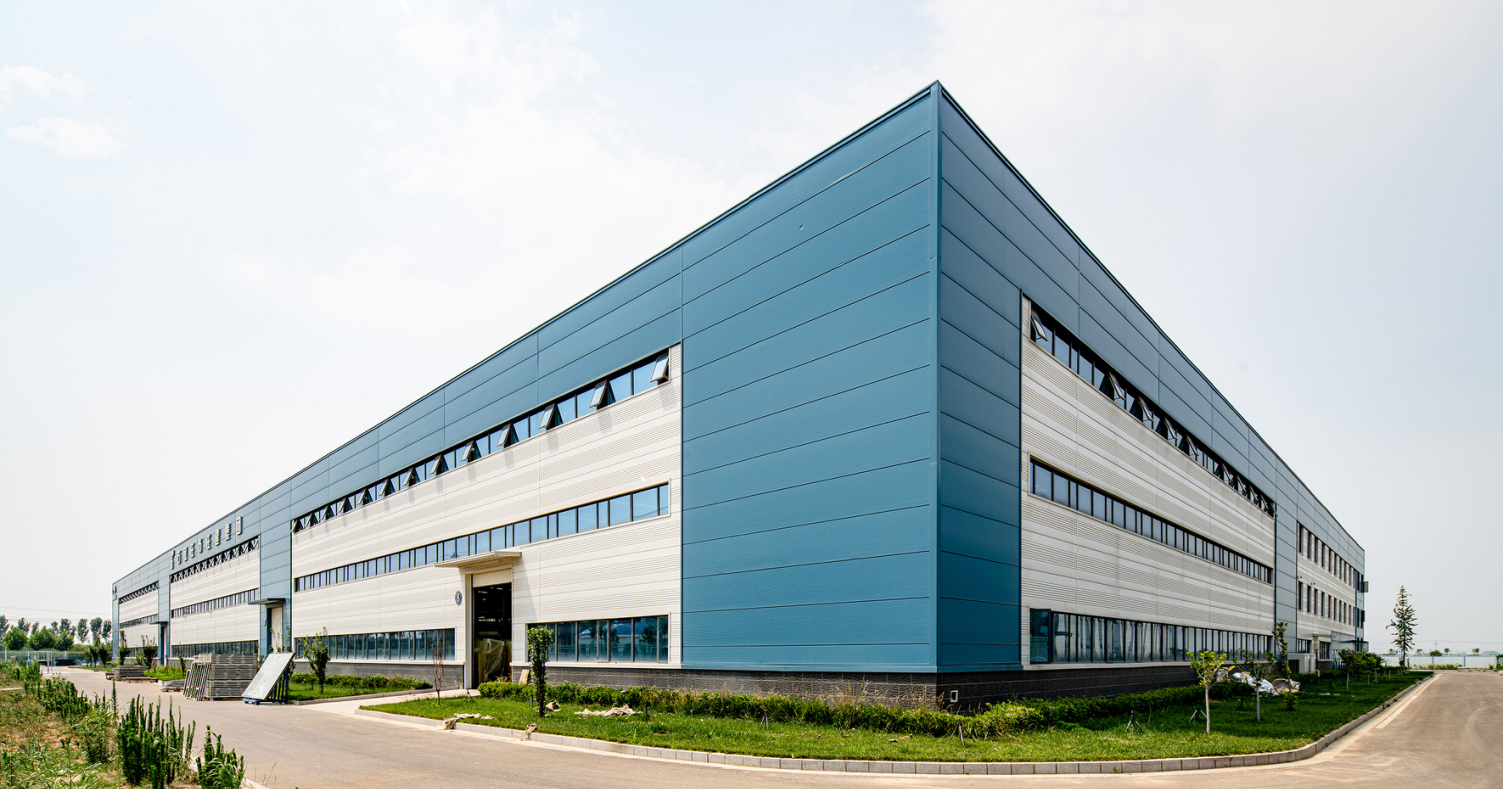Sustainable Building Solutions How Aluminum Products Are Shaping Eco-Friendly Construction
In an era where sustainability and energy efficiency dominate architectural conversations, aluminum windows and doors have emerged as game-changers for modern construction. As builders and homeowners prioritize eco-friendly materials, Guang Ya Aluminium's innovative product line offers durable, stylish, and energy-efficient solutions tailored to meet green building standards.
1. Energy Efficiency Redefined with Aluminum Windows and Doors
When it comes to reducing energy consumption, aluminum windows and doors are unmatched in performance. Guang Ya Aluminium’s thermally broken aluminum frames minimize heat transfer, ensuring optimal insulation in both residential and commercial spaces. Unlike traditional materials, aluminum doesn’t warp or corrode, maintaining airtight seals for decades. This translates to lower HVAC costs and a smaller carbon footprint—an essential factor for LEED-certified projects.
Pro Tip: Pair double-glazed glass with Guang Ya’s aluminum sliding doors to maximize natural light while keeping energy bills in check.
2. Lightweight Strength: The Versatility of Aluminum Curtain Walls
Modern architecture thrives on sleek, minimalist designs, and aluminum curtain walls deliver precisely that. Guang Ya’s curtain wall systems combine lightweight durability with unparalleled design flexibility, allowing for expansive glass facades that enhance aesthetic appeal without compromising structural integrity. These systems are engineered to withstand extreme weather conditions, making them ideal for high-rise buildings and commercial hubs.
Why It Matters: Aluminum’s recyclability ensures that curtain wall solutions contribute to circular economy goals, aligning with global sustainability trends.
3. Customization Meets Durability in Aluminum Profiles
For projects demanding precision and adaptability, Guang Ya’s custom aluminum profiles offer endless possibilities. From intricate industrial frameworks to bespoke residential fittings, these extruded profiles are corrosion-resistant, non-combustible, and 100% recyclable. Architects appreciate the ability to tailor dimensions and finishes, while contractors benefit from easy installation and low maintenance requirements.
Case in Point: Use anodized aluminum profiles for outdoor structures—they resist UV damage and retain their finish for over 20 years.
Why Choose Guang Ya Aluminium?
Guang Ya Aluminium stands at the forefront of sustainable metal solutions, blending cutting-edge technology with eco-conscious manufacturing. Their product range—from energy-efficient windows to high-performance curtain walls—empowers builders to meet both aesthetic and environmental goals. As global demand for green construction grows, aluminum’s role as a durable, recyclable material will only expand.
Whether you’re designing a net-zero home or a commercial complex, Guang Ya’s aluminum windows and doors, curtain walls, and custom profiles provide the reliability and sustainability today’s projects demand. Invest in materials that future-proof your designs—because building greener starts with smarter choices.





